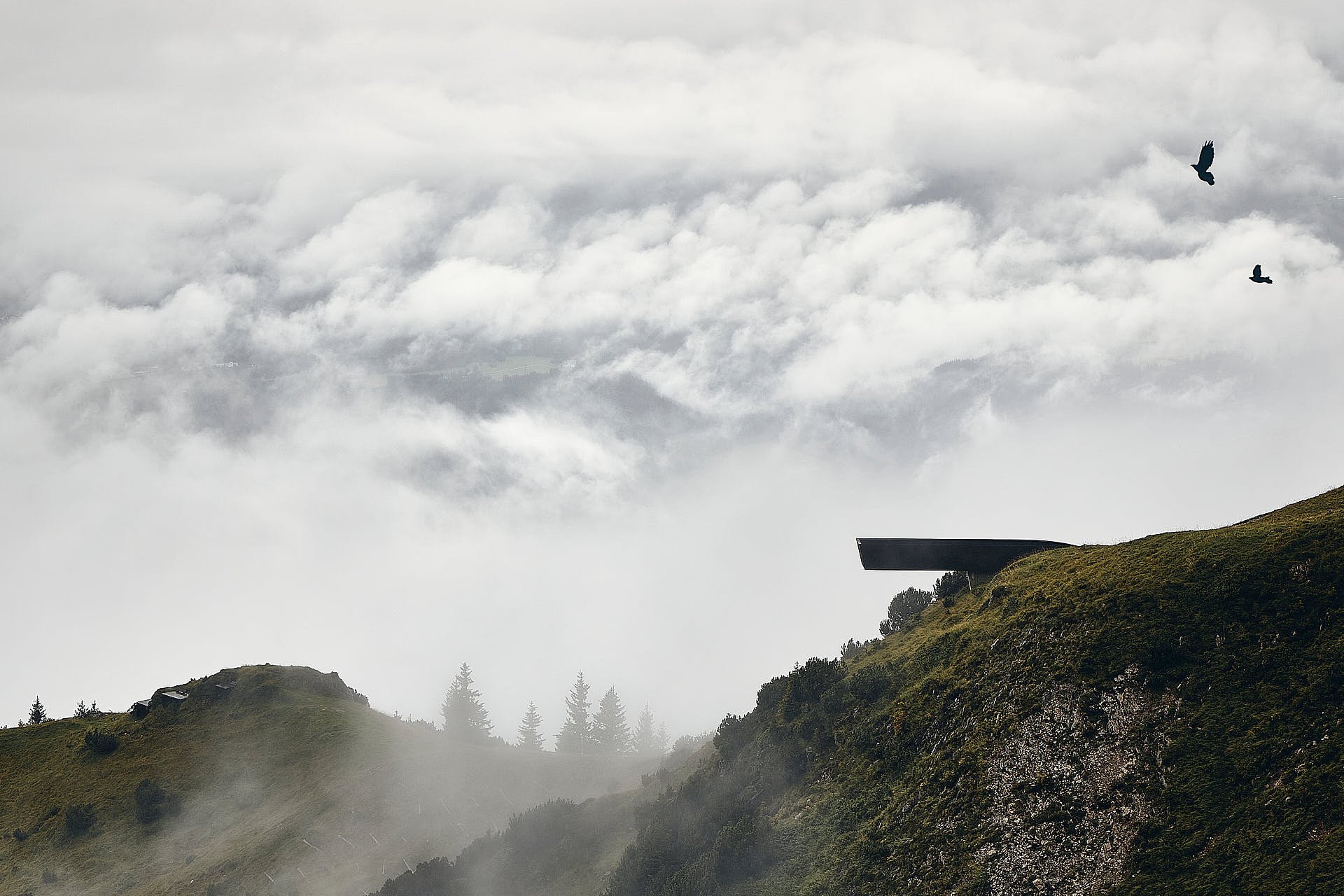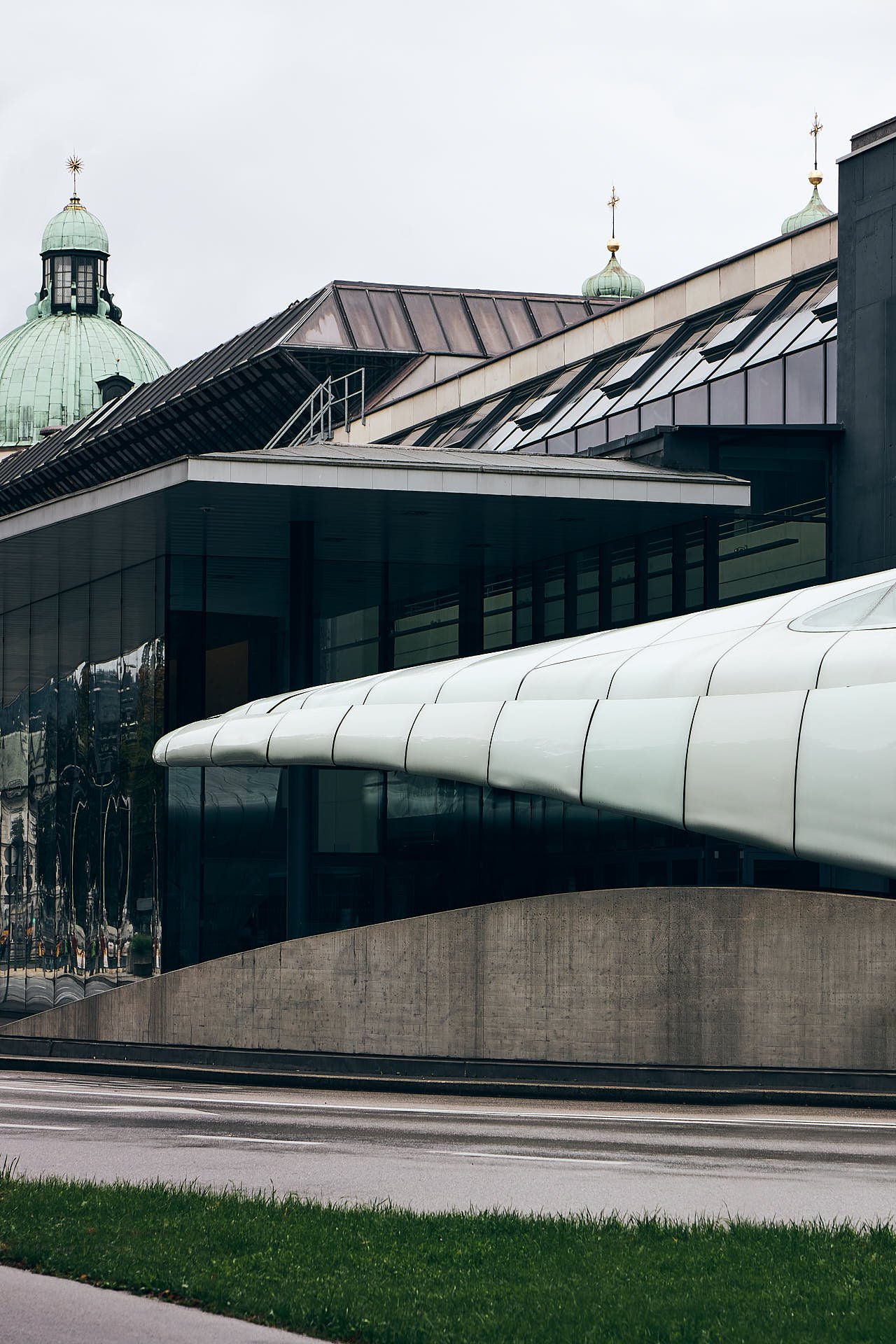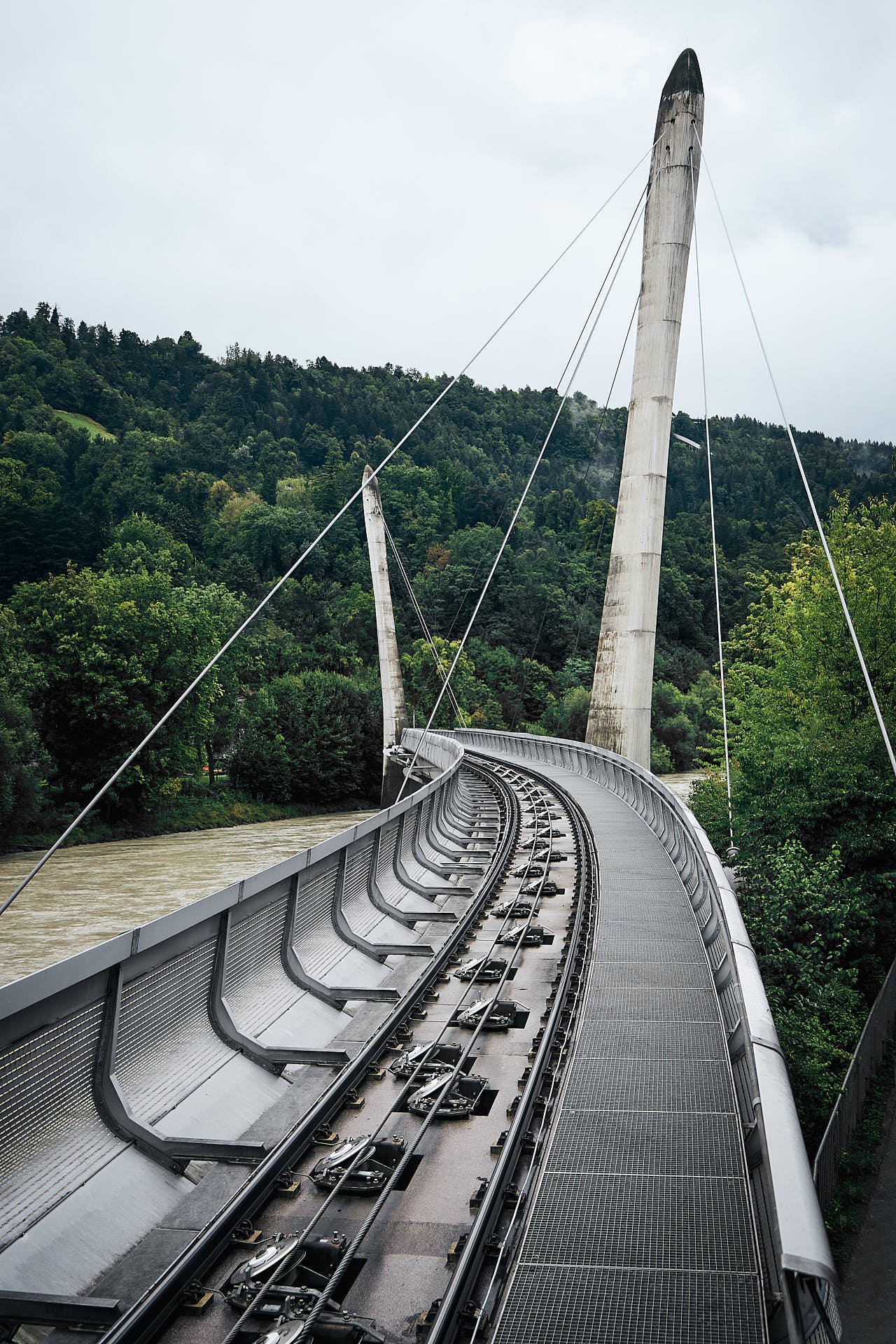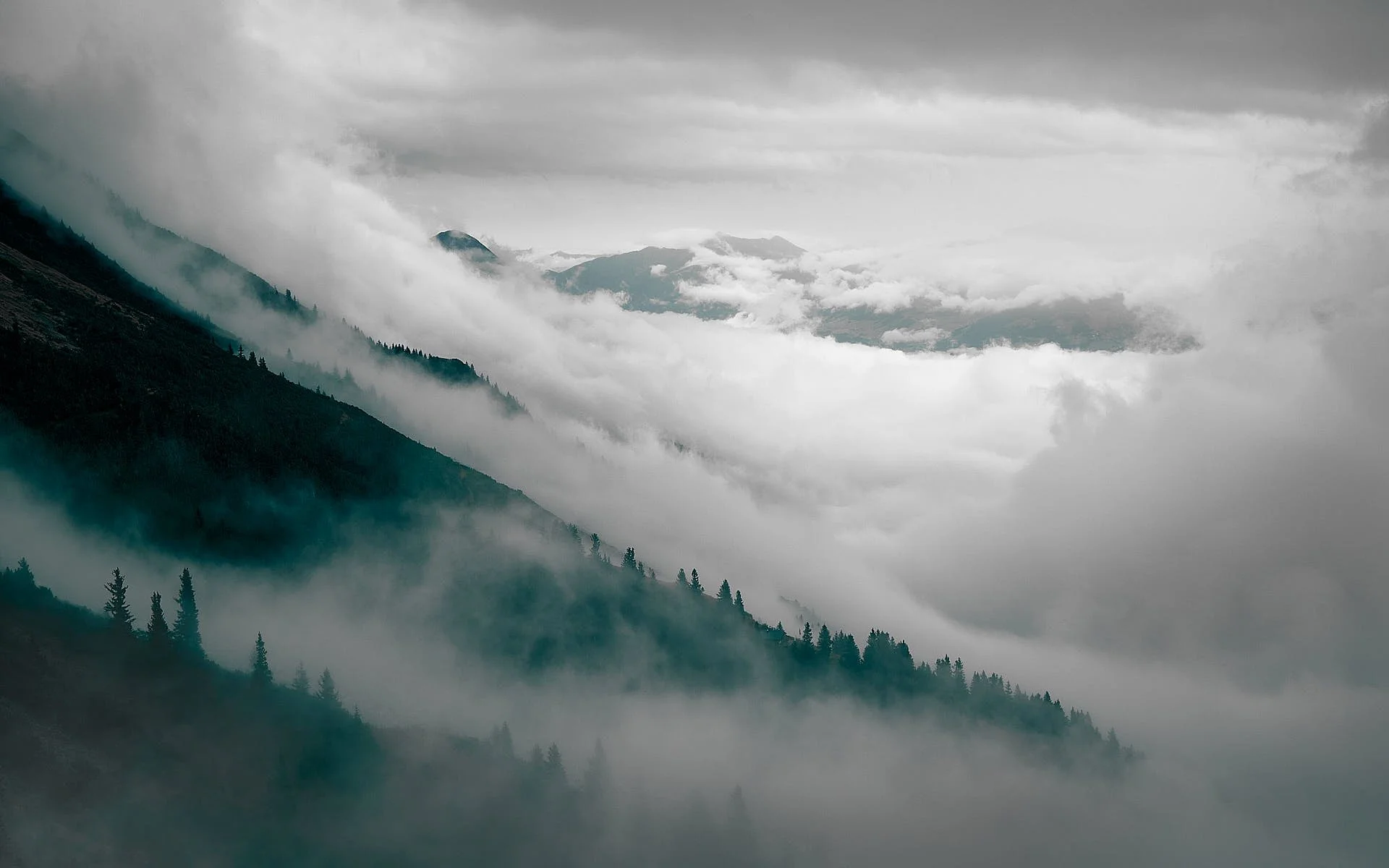
Perspektivenweg
Location Innsbruck, Austria Architect Snøhetta Completion 2018
The Nordkette mountain range in Innsbruck is a playground for mountaineers. Everywhere you turn, there's a slope for skiing, a rock for climbing, or a spot for flying down. To reach this Tyrolean alpine paradise, one uses Zaha Hadid's Hungerburgbahn funicular. As you glide up through the fog on the funicular, a fascinating series of structures emerges from the surroundings. They blend seamlessly into the landscape, were made from local resources, and mimic the shapes of the slope. Snøhetta's Perspektivenweg (Path of Perspectives) perfectly lives up to its name. It truly is a path of perspectives. Ten well-conceived and unique architectural elements have been placed along the Nordkettenbahn's panoramic trail. Each structure offers the viewer a special view of the Alps behind it. However, the crowning jewel of the Perspektivenweg is the Corten steel viewing platform, which carries the hiker out beyond the mountain face, giving them a completely unobstructed view and an immense feeling of freedom.
Two magnificent pieces of alpine architecture
The journey to the Perspektivenweg begins with Zaha Hadid's Hungerburgbahn funicular. My assistant Marcus and I woke up in Innsbruck to depressing fog and drizzle. We had to photograph both Hadid's Hungerburgbahn and Snøhetta's Perspektivenweg, and both parts of the shoot were already on a tight schedule. So we slipped into our rain gear and were determined to make the best of the day. Despite the bad weather, I was able to photograph an initial overview of the railway line, as well as some atmospheric detail shots. The weather complications allowed me to focus strictly on the shapes and lines of Zaha Hadid's railway line. The foggy view emphasizes the sweeping curves and shows the contrast of the sharp lines. You can see the texture in the concrete forms and the soft light on the glazing and metal particularly well. The silhouette of a wandering cat adds context and a vibrant layer to the scene.
By train to the Perspektivenweg
The soft light and drifting fog give each image a special mood and tranquility. The muted colors do not distract our eyes; instead, we can concentrate on scale and form.



Alpine context of the Perspektivenweg
When photographing alpine architecture, we are at the mercy of the weather. It can be temperamental, rapidly changing, and stubborn. The key to good pictures is to be flexible and to play to the strengths of the respective weather and lighting conditions.
As we drove up the railway line, we decided that our only hope was to take the cable car above the cloud cover. On the way to the Nordkette's middle station, we broke through the clouds and found ourselves above a sea of fog that filled the entire Inn Valley. The massive banks of fog ebbed and flowed through the valley, occasionally revealing the faint outlines of the peaks, tiny islands of trees, and slopes below. What seemed like an unfortunate circumstance at first added a touch of magic to this particular project. In retrospect, the mood in this series is very palpable. The soft fog lends a very special element to these photographs.



Form and function
When we finally landed at the Perspektivenweg, the constant drizzle made for slippery rock fields and a muddy meadow. Despite the conditions, the incomparable landscape created a feeling of comfort.
I had my assistant Marcus wander into some of the photographs as a model. His person gives the viewer a focal point and a scaled element for the architecture. His bright clothing adds a layer of visual interest and lends a little cheerfulness to the earthy color scheme.
Due to the reduced architectural style of the Perspektivenweg, each element blends into its surroundings. Peter Zöch of Snøhetta told me that the goal of designing the Perspektivenweg was to "make visitors aware of the special features of the alpine environment and to give them the necessary safety to move around in the area."
One of the most remarkable things about the Perspektivenweg, as with most alpine buildings, is its relationship to its environment. "The installations focus on the sensitive relationship between natural space and built intervention, as well as views and perspectives," says Zöch.
The structures are made of native larch wood and untreated sheet steel. Zöch continues, "We deliberately only set foundations where absolutely necessary. Many elements are only anchored in the existing rock structure or embedded in the ground."
Against this background, my overriding goal for these photographs was to show the careful connection between architecture and nature. One element stood out to me in particular – the metal viewing platform. I photographed this structure both from a distance and from various perspectives to make its integration into the environment clearer.



Color control
In post-processing, I decided to subtly manipulate the colors to emphasize the monochromatic, foggy mood of the day. By desaturating the yellow and green tones of the grass, the dark earth tones stand out from the gray sea of fog that lies at our feet. As a result, the images exude tranquility while showing the rugged nature of the Innsbruck Nordkette.
The effect of the Perspektivenweg
Snøhetta's Perspektivenweg is a textbook example of alpine architecture. It offers a place for outdoor enthusiasts to rest and enjoy the beauty of the mountains. Its construction is very robust and withstands the demanding elements, such as avalanches, ice, wind, and banks of fog. Although the elements seem massive, they demand little from their surroundings. The materials from the region and the small footprint protect the land. Visit the Perspektivenweg and experience an incredible testament to alpine building culture.

Equipment
Camera
1st Lens
Software
Canon EOS R.
Canon RF 24-105 mm 1:4 L IS USM
Capture One 21, Adobe Photoshop CC





